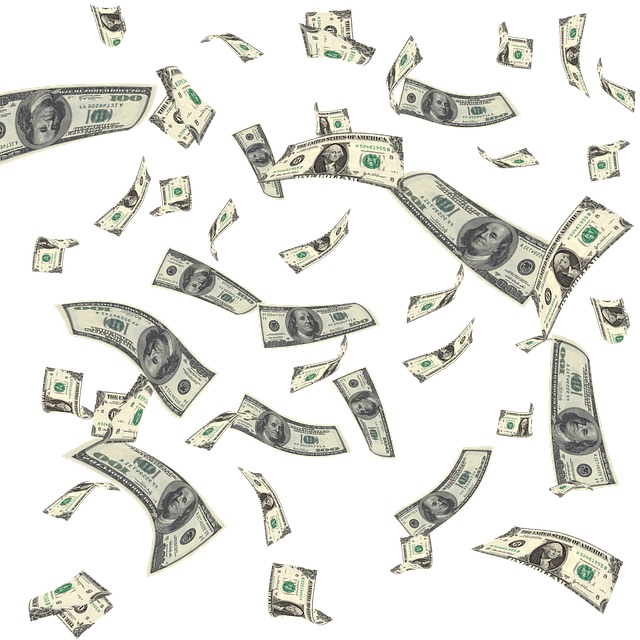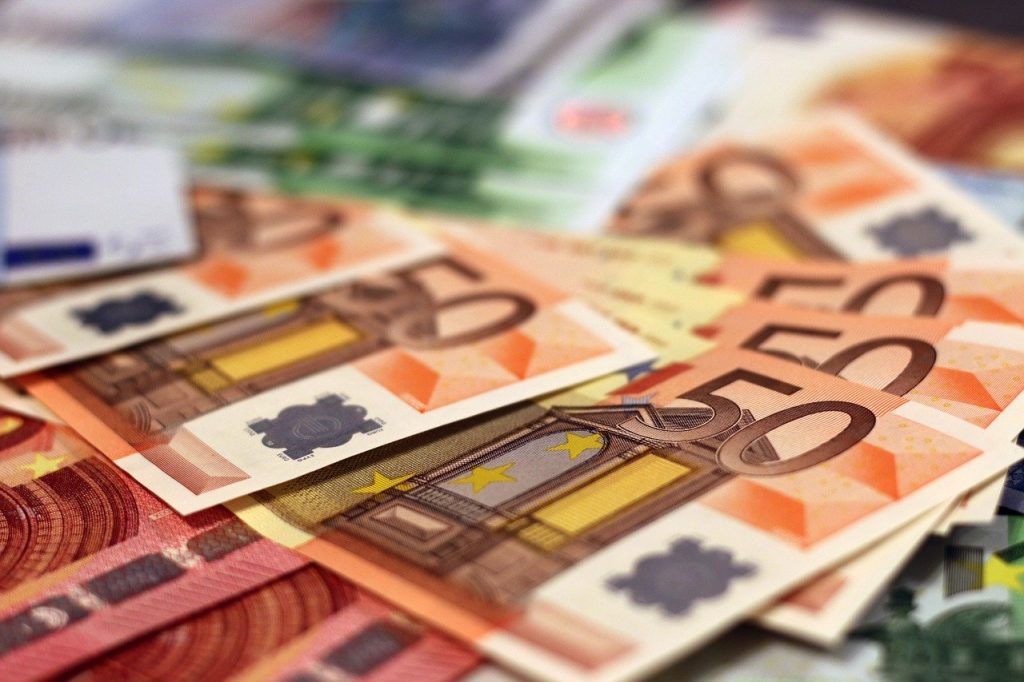What is quantitative easing?

Quantitative easing (qe) is essentially, central banks such as the federal reserve (FED) or the Bank of England printing money (digitally) to inject money or ‘stimulus’ into the financial system. This is usually done by a central banks printing money out of thin air, and buying financial assets such as mortgage backed securities and government bonds.
Why do central banks print more money?
The vast majority of money in the economy is created by banks when they issue loans. However, during the financial crisis of 2008, banks essentially stopped lending which in turn stopped creating new money.
As a reaction to this, central banks introduced quantitative easing (aka printing money). The aim is to increase the currency supply which, in theory, is supposed to help kick start banks into lending, which leads to investment to increase economic growth.
What is so bad about printing money?

BullionVault is the world’s largest online investment gold service taking care of $3 billion for more than 85,000 users.
4 Grams of FREE Silver on Sign up! VISIT BullionVault
If you print too much money, then essentially it is debasing the value of the currency. Every time a central bank prints more money, the value of the money in your pocket goes down because now there is more money in the system.
An increase in money supply usually leads to inflation, meaning the price of everyday goods and services get more expensive. The average person would have a reduction in purchasing power, as the money they have now buys less goods and services.
A classic example is Zimbabwe, or more recently Venezuela, whereby these countries printed more and more money due to various reasons such as: U.S. sanctions, supply and production problems, badly maintained infrastructure and more. What eventually happened is hyperinflation. With all the money printing, prices simply skyrocketed. In Zimbabwe in 2008 prices rose over %230,000,000 in one year!
All this produced Zimbabwe’s infamous one hundred trillion dollar Zimbabwe bank note.
More recently in Venezuela, too much money printing has again caused prices to spiral out of control, making the local currency practically worthless. Viral videos have emerged online of children playing in piles of now worthless cash (Venezuelan bolivar), and bags full of Venezuelan bolivar cash being thrown out like trash.
True wealth can come from land, labour and production of goods and services, not money. Having money might make it easier to trade, but just printing money without producing goods or services can have dramatic consequences.
Control of the money supply and, more generally, the monetary system, confers a tremendous amount of power.
Since the financial crash of 2008, the FED and central banks across the globe have introduced vast amounts of quantitative easing, a monetary policy whereby central banks buy government bonds and other financial assets in order to inject money into the economy.
QE has never stopped. In November 2008 the FED started buying up financial assets totalling $600billion.
By March 2009 the FED held $1.75trillion and peaked at $2.1trillion. In November 2010, the FED announced another round of QE, buying $600billion of Treasury securities. QE3 (a third round of quantitative easing), was then introduced when the FED announced a new $40billion monthly open-ended bond purchasing programme. By December 2012, this was increased to 85billion per month. Purchases were halted in October 2014 by then accumulating $4.5trillion in assets, (source Wikipedia). Ongoing QE programmes into 2020 are now pushing the FED balance sheet over $6trillion.
The stock market gains and QE over the last 10 years or so, has also created a huge stock market bubble.
Why is quantitative easing not helping the real economy?
The issue is that quantitative easing by the Bank or England, the FED and others, is used primarily to buy government bonds from financial markets.
A government bond is when you lend the government an agreed amount of money for an agreed period of time. In return, the government will pay you back, along with a set level of interest at regular periods.
These bonds are usually owned by large banks or financial institutions, pension funds, insurance companies and investors.
This newly created, cheap money simply goes directly to the financial markets, boosting bond and stock markets as well as creating asset bubbles such as property.
In theory, as all this quantitative easing boosts stock market, property and asset prices, so people should feel wealthier and start spending more.
The problem is, the wealthiest top percent in society own the majority of stocks, bonds, property, businesses and real assets, which is why there is an increasing wealth divide in society. This whole theory is mainly based on increasing the wealth of the already wealthy, in the hope that the wealthy increase their spending and this has a ‘trickle down’ effect for the rest of society.
In reality, this doesn’t seem to be working, as the majority of the new money is staying in the financial economy and not the real non-financial economy.
How does buying gold help?
Physical gold is viewed as a primary asset to protect your wealth. Historically, gold has held its value over time.
The fact is, because central banks globally are doing huge amounts of quantitative easing (printing money), this is de-valuing fiat currency.
Inflation has risen, house prices have increased dramatically, average wages have not kept up with general inflation, income inequality has risen, and the list goes on. Not only this, all major currencies have depreciated relative to gold.
You can’t print gold, gold is limited. Gold bullion is used all over the world and is always in demand. The price of gold will never go to zero like a-lot of paper assets and gold coins are an ideal alternative to printed fiat currency.
Gold can protect you from too much quantitative easing and hyperinflation.
BullionVault lets private investors around the world access the professional bullion markets. You can benefit from the lowest costs for buying, selling and storing gold and silver.
4 Grams of FREE Silver on Sign up! VISIT BullionVault
